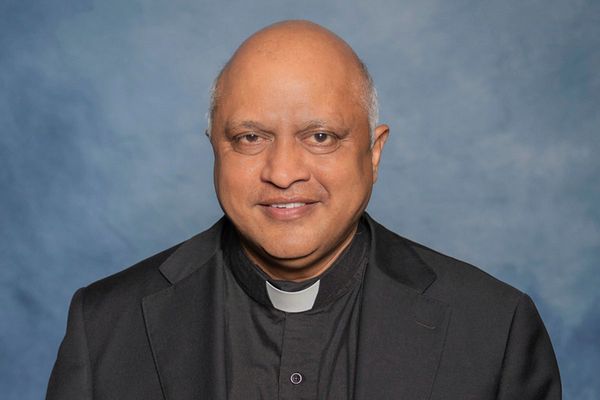
School closures are creating “ghost areas” across London and destroying communities as so many children are leaving the capital, a headteacher has warned.
London risks “dying from its roots” as growing numbers of families with children born in the city cannot afford to stay, Helen Connor said.
She warned that ghost areas, which are populated by workers and students but deserted at weekends, risk spreading out from the centre of the city.
It comes after new research revealed that 8,000 fewer children will need school places in London over the next four years. Schools are already closing because they cannot afford to stay open with so few pupils and experts fear more will be forced to shut.
Ms Connor, executive head of Rhyl Community Primary in Camden, which has merged with another school in a bid to stay afloat, said the situation was “desperate and very sad”.
Despite the merger her school was still struggling to fill its places, and she fears it will only have enough children to make up one of its two reception classes in September. Ms Connor has already ended most after-school clubs and trips in a bid to balance the books, adding: “There is nothing more I can cut.”
She said: “Schools are an absolute hub and centre point for families in the community. You don’t have a community if you don’t have families. What we will end up with is people coming in to London to work and going out to live.
“We have ghost areas of London which are purely places to work. But there are no communities and it’s communities that keep people together.”

Only 19 started at primary earmarked for closure
Among the latest London schools to face closure is Holy Family Roman Catholic Primary School in Kidbrooke.
Greenwich council and the Archdiocese of Southwark have announced plans for it to shut at the end of the school year.
The council said despite efforts by the school to encourage more families to choose it, a fall in the number of pupils had led to a greater lack of funding each year and fewer “socialising opportunities” for students.
The school has room for 210 pupils but only has 128 on its register. Just 19 started last September and only six families have named it as their first choice for this September.
A spokesman for the Archdiocese of Southwark, which manages the school, said a significant fall in pupil numbers was exacerbated by a drop in baptisms in recent years. Greenwich said the school was set to lose £118,000 by the end of this year, which would rise to £362,000 at the end of the following year.
She added: “You can see it in some of the more built-up areas of London already. We all know that in central London, particularly since Covid, some areas are deserted at weekends because nobody lives there.
“But it’s going to start spreading further out because there is nothing there at times when the offices aren’t open. The services that are there are only really for workers or students.”
Florence Eshalomi, Labour MP for Vauxhall, said without urgent action more schools would be forced to close. The 300-year-old Archbishop Tenison’s school in Oval, which closed in the summer, is in her constituency.
She said: “Schools are key landmarks that define an area. We are now in a situation where we are losing schools that have been in the city for centuries, along with all that history and rich knowledge.”
She added that a London without children, or with far fewer children, is a “real possibility”, adding: “That should send alarm bells through everyone in local, regional and national government.
“Imagine a London without children and families. You would essentially have a soulless city, without those young people who are going to be the next business leaders, doctors and teachers, the next people that will work in retail and all our key services.”

The fall in demand for school places has been caused by a 17 per cent drop in London’s birth rate, as well as Brexit, the pandemic, the cost-of-living crisis and lack of affordable housing, London Councils said. Ms Connor added: “Any one of these things would be significant. When you put it all together you have got a perfect storm.”
London Councils forecasts a 4.4 per cent decrease in demand for primary schools in the next four years, but some areas will be worse hit.
In Hackney there are already more than 600 empty places in reception classes, which is a 21 per cent surplus. As a result, the 58 primary schools in Hackney last year missed out on more than £30 million in funding they would have got if classrooms were full. The council will now shut or merge six primary schools by the end of this year.
Anntoinette Bramble, Hackney’s deputy mayor, said closures brought “a deep feeling of loss … we know schools are much more than places where children and young people go to get an education. They are a core part of the local community”.
Ms Connor said when a school closes, all the services that it provides to the community are destroyed, which can include food and clothing banks, speech and language sessions, adult learning classes and baby-feeding classes.
She said: “If we don’t have children growing up and being educated in London then where are the future entrepreneurs and business people going to come from?
“That then is a dying city, because a city starts with its roots and the roots are the communities.”
Mrs Eshalomi warned: “This isn’t a crisis for the future, it is happening now and is not something the Government can ignore. Losing vital community assets like schools sends the wrong signal out about a booming city.”
A spokeswoman for the Department for Education said: “Next year, school funding will be at its highest level in history — in real terms, following the additional £2 billion of investment for both 2023-24 and 2024-25 in the autumn statement.
“It is for local authorities and academy trusts to balance the supply and demand of school places, in line with changing demographics, as they have done for many years.”







